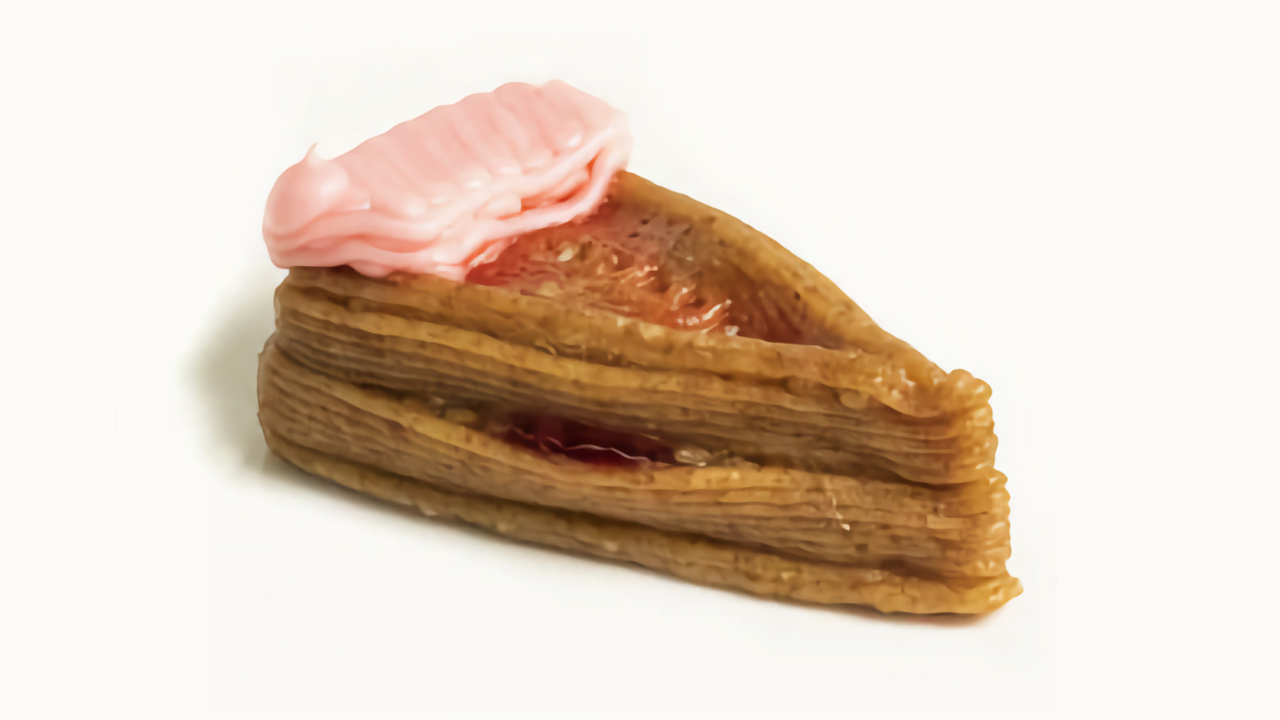The researchers used a 3D printer that can thermally process the printed layers with a laser. The “ink” used in the experiment consisted of cookies, peanut butter, cream, chocolate spread, strawberry jelly, banana and cherry sauce.
Cookies are first crushed with a blender and made into a paste with water and butter, and the bananas are mashed with a fork. The rest of the materials were used in their original form.
Initial attempts at printing were unsuccessful, as some components spread under their own weight, forming an amorphous mass. Scientists have found that maintaining the correct content ratio as well as feed speed, layer thickness and print order is crucial.
By adjusting these settings, the team successfully printed a cookie-based cake, followed by softer toppings such as peanut butter and chocolate paste, and finally layers of mashed banana and cherries.
This breakthrough demonstrates the potential to print complex food products with varying ingredient densities with minimal human intervention. In the future, this technology could pave the way for the creation of a wide variety of dishes using 3D printers.
Source: Ferra
I am a professional journalist and content creator with extensive experience writing for news websites. I currently work as an author at Gadget Onus, where I specialize in covering hot news topics. My written pieces have been published on some of the biggest media outlets around the world, including The Guardian and BBC News.










